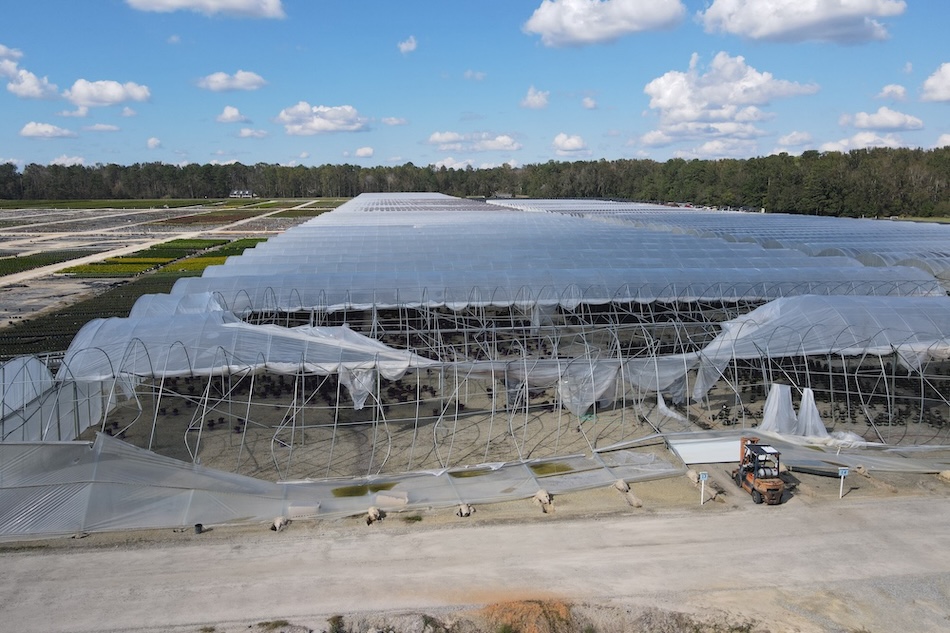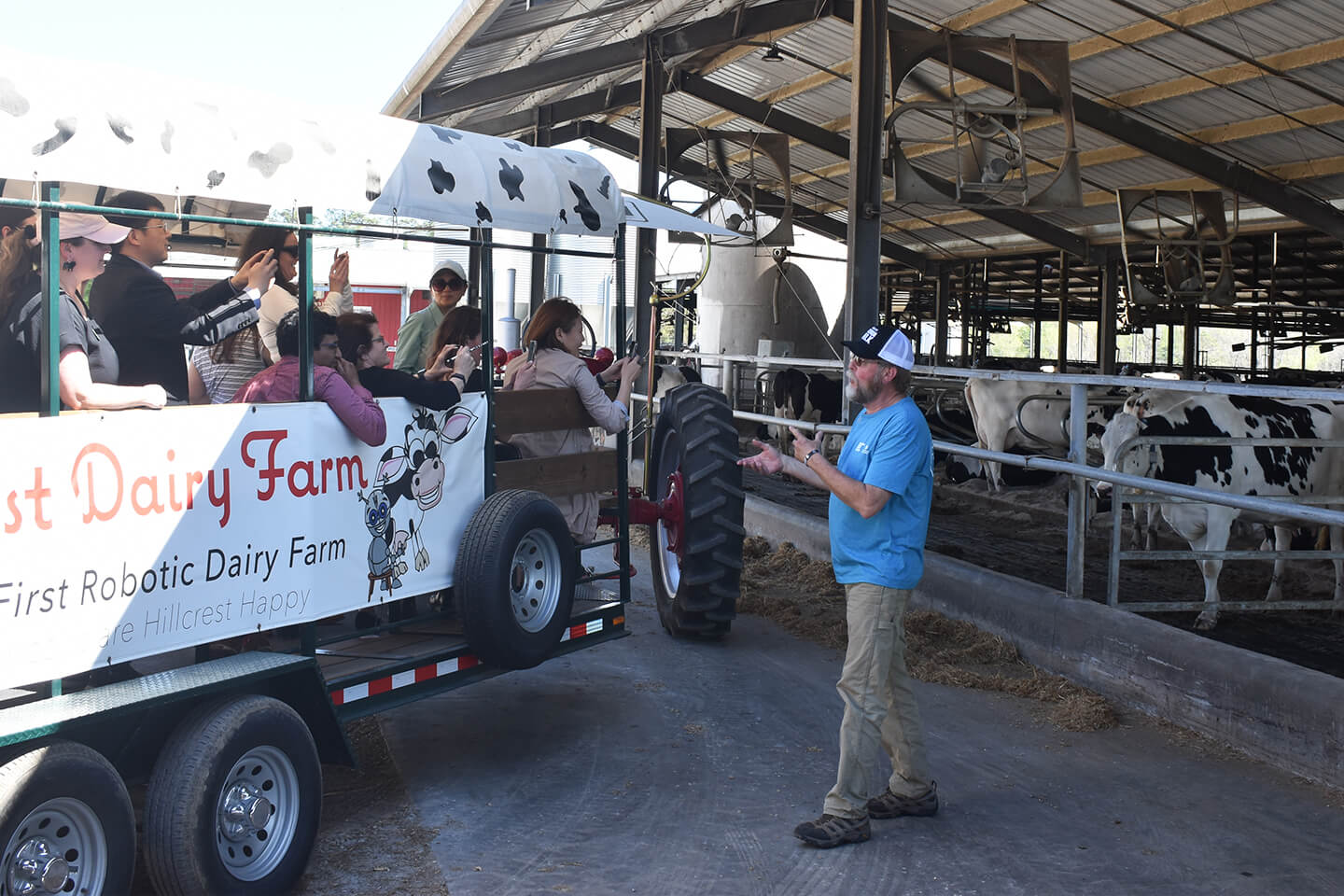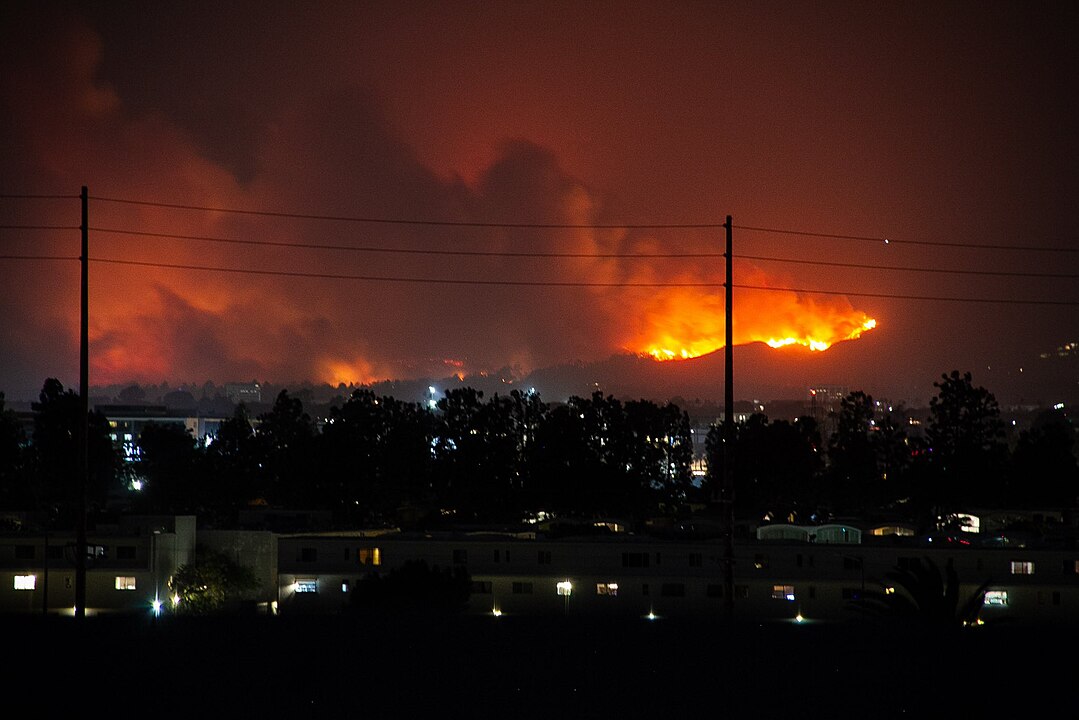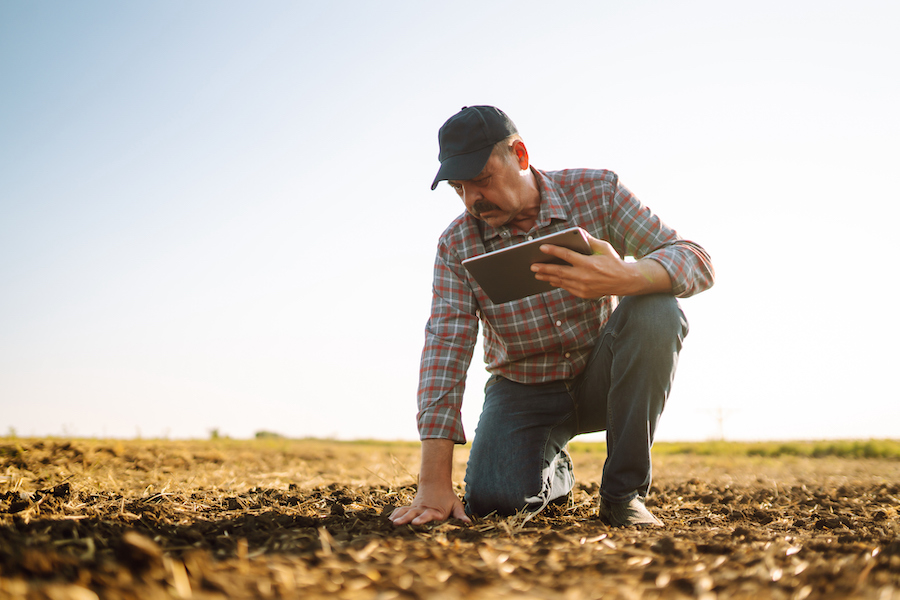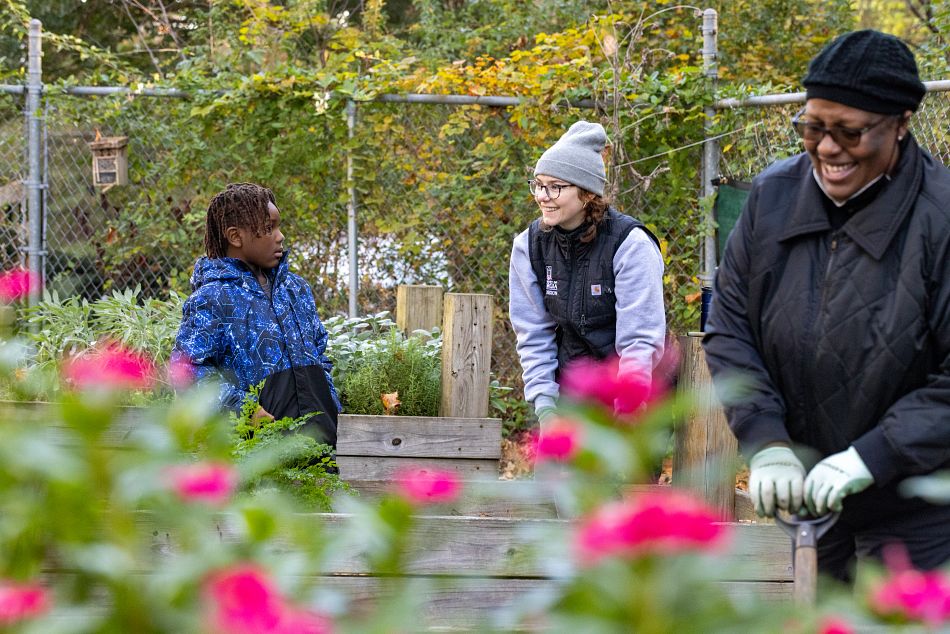
Approximately 18 million U.S. households experienced food insecurity at some point in 2023, representing more than 13% of the population.
One effective solution to confront this harsh reality on the local level is community gardens, but specific effects of climatic changes like altered rainfall patterns are introducing new hurdles for many grassroots efforts dedicated to growing and producing healthy, fresh foods, according to research from the University of Georgia College of Agricultural and Environmental Sciences.
UGA graduate student Olivia Erskine worked with the Lamm Science Communication Lab on the project, which focused on community garden coordinators in the Southeastern U.S.
Much of the work investigated levels of awareness, preparedness and support for climate solutions on the local gardening level.
“These gardens in Georgia, North Carolina and South Carolina are already experiencing a wide array of changes – intense flooding, severe heat and frost events that are all impacting their produce,” Erskine wrote in an email. “Because of this, garden leaders are having to implement trial and error on so many different techniques to keep the garden alive — it's a lot of work.”
Climate adaptation in community gardens

An initial study Erskine and her team published last summer found that the community gardens evaluated were all implementing some form of climate-smart adaptations, even if some applications were not for climate-related reasons.
The existing solutions and tools included rain barrels, drip irrigation and testing climate-smart plant species. The examples came from 17 different garden coordinators in various geographical locations across the three-state area.
“The majority of people I spoke to had been gardening all their lives and didn't have any formal training or education in agriculture or horticulture,” Erskine said of a key finding in the research. “These people know their stuff.”
Improving health, strengthening community and increasing food access
In December, the team published a second study that investigated the motivations of U.S. adults for engaging with community gardens and the level of importance associated with climate-smart adaptations.
Personal health and social motivation ranked highly among community members participating in community gardens. The respondents also assigned some level of importance to climate-smart adaptations in their community gardens.
Under the umbrella of the Lamm lab, the research will help inform effective communication strategies around food security and climate resilience. The intent is to develop viable, long-term solutions to improve food access tailored to address differing needs in at-risk communities, especially those with food deserts.
“These are communities where the Dollar General or the gas station may be the only food source,” said CAES Professor Alexa Lamm, who supervised the research. “Most of the food available is processed in some way, so the ability to obtain fresh fruits and vegetables needed for a healthy diet is limited."
Sustaining community garden spaces
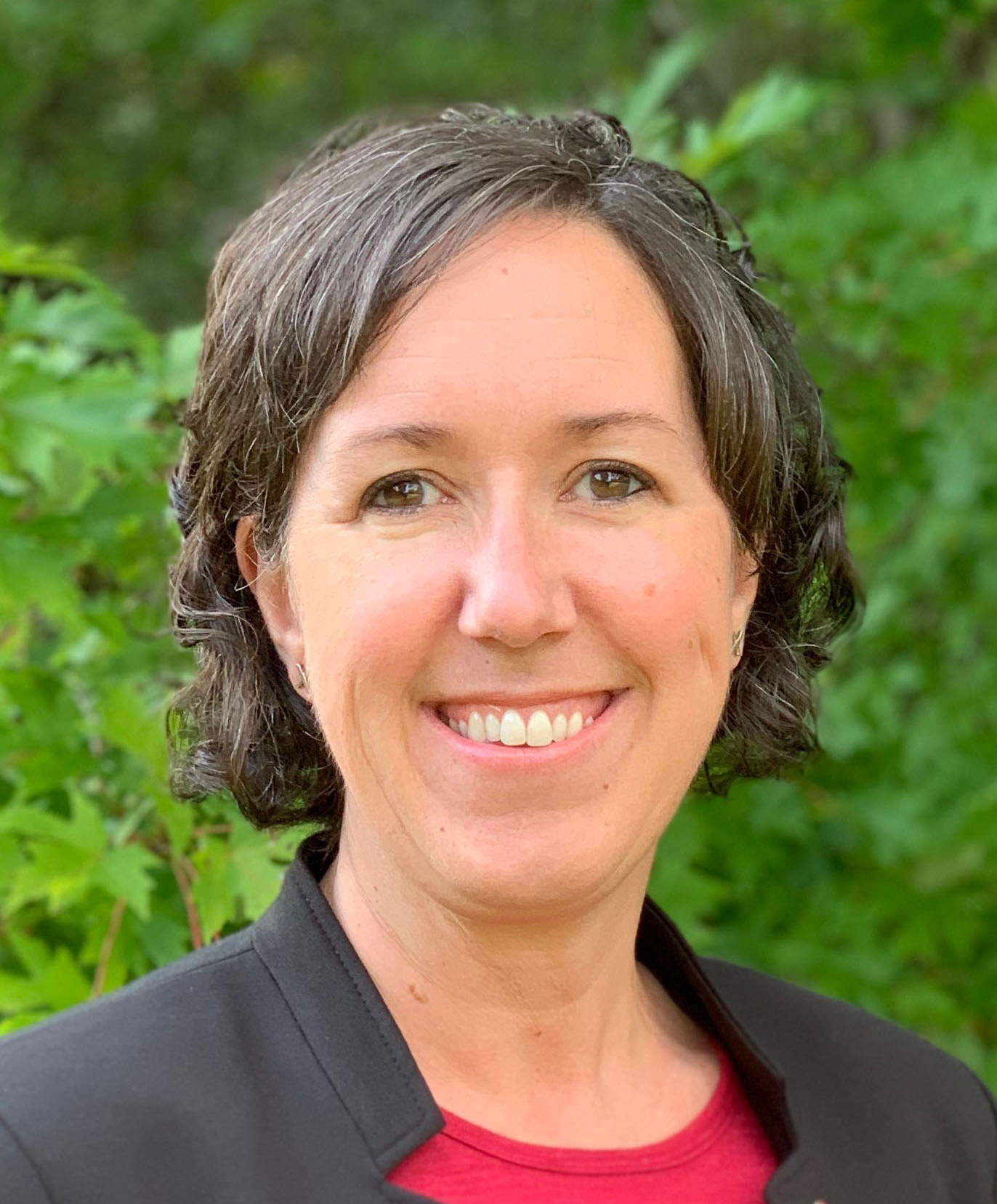
The education level around climate variability among garden coordinators who ran and maintained gardens, including making adaptations to counter climate effects, was higher than Erskine anticipated, but accessing funding remains a hurdle.
“I quickly figured out the knowledge gap didn't have anything to do with horticulture, garden or climate education,” Erskine said. “The main issue the community gardens face is securing appropriate funding. This includes having the knowledge, time and personnel to search for, apply for, report on and manage grants.”
In this regard, Erskine highlights agricultural and environmental graduate students as a potential resource in these community spaces, since students must spearhead projects and efforts with real-world impact as part of their studies.
During her master’s program at UGA, for example, Erskine took a grant-seeking class through which a student landed a $10,000 grant for his nonprofit. Similar creative partnerships could generate sustainable support for community gardens.
The innovative research underscores the importance of outreach and two-way communication between educators and researchers, students and the communities that can benefit from the knowledge and best practices they develop, Lamm said.
“What can researchers and communicators do to help share the science behind how we grow food through these community gardens that are directly impacting local food systems?” Lamm added. “We’re asking questions so we can start listening to each other and adapt accordingly.”
The CAES Department of Agricultural Leadership, Education and Communication focuses on messaging, educational strategies, and leadership designed to advance agricultural and environmental sciences. Learn more about the department's research and learning opportunities at alec.caes.uga.edu.

